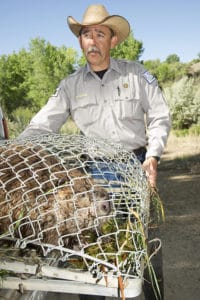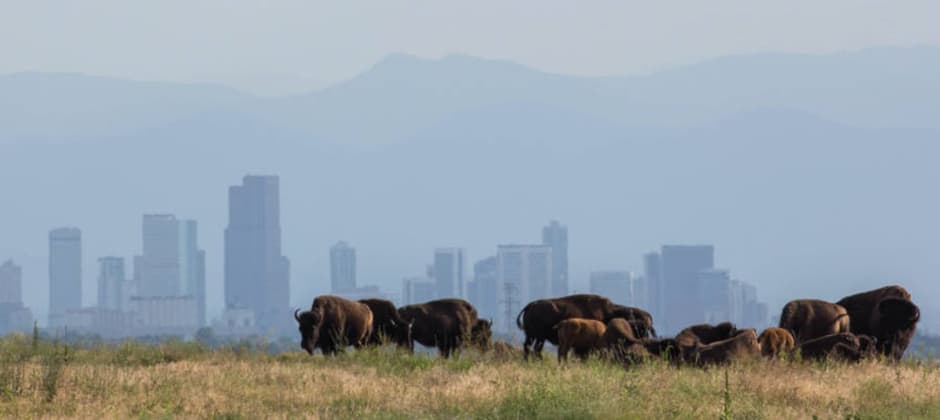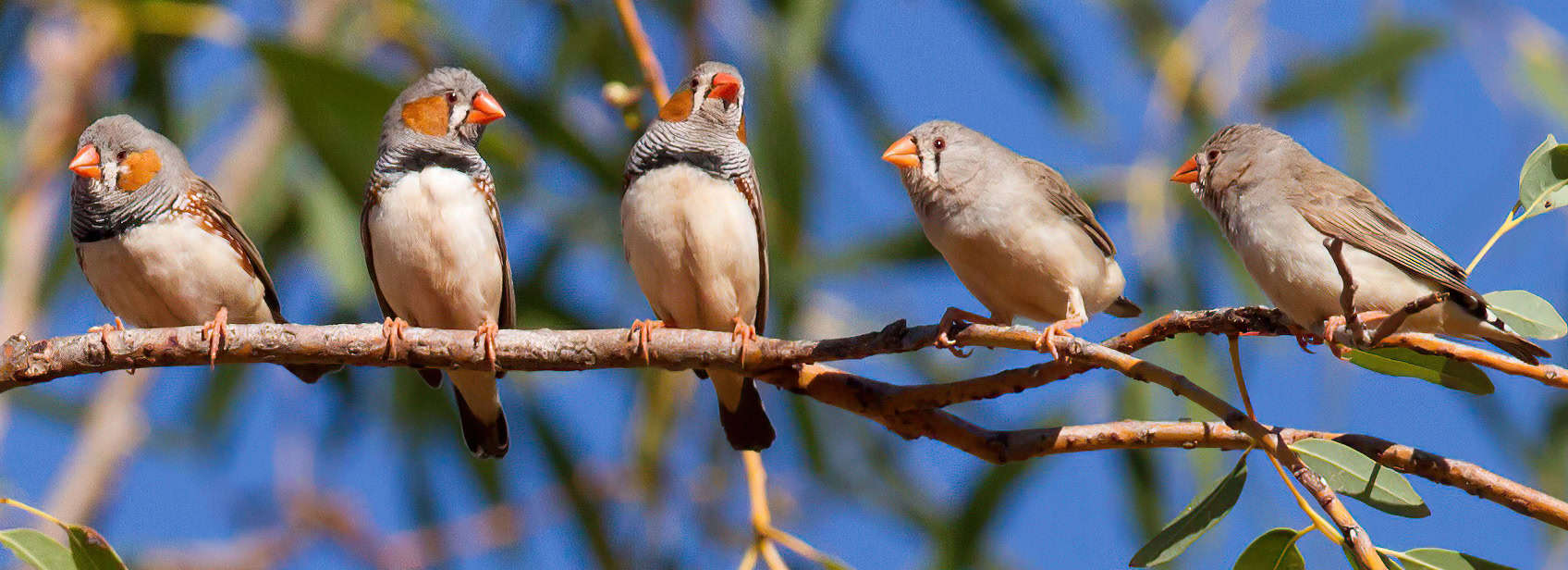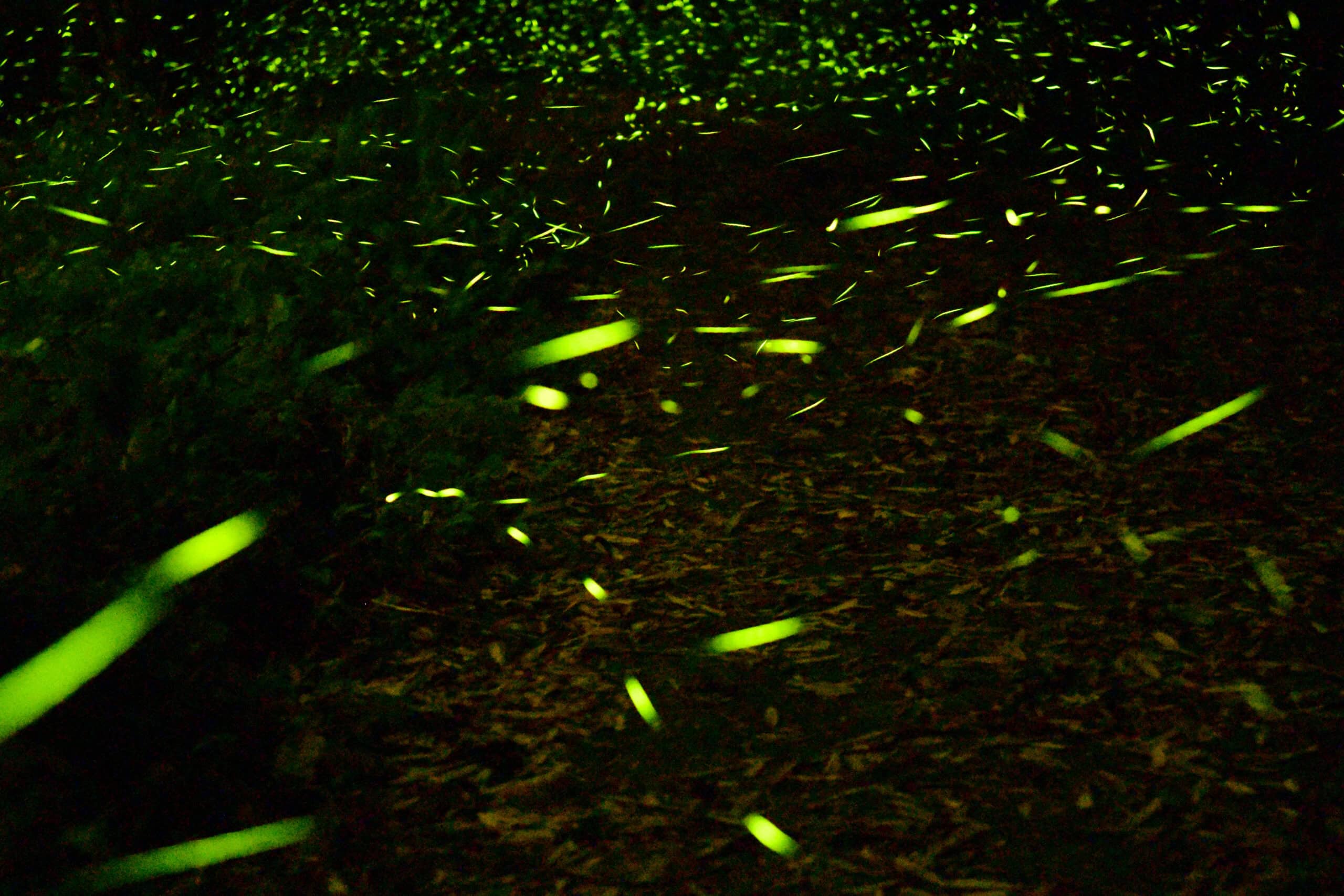Share this article
Helping beavers move to the suburbs
Sometimes problems and needs synchronize and we are able to reduce damage while supporting promising ecological restoration efforts. That was the case this past summer in Colorado.
Nick Kaczor, CWB, an assistant manager at the Rocky Mountain Arsenal National Wildlife Refuge, met with Wildlife Services in Colorado to explain that the arsenal was going to try to re-establish a local beaver population. The refuge management plans include promoting a native population of American beavers (Castor canadensis), which would aid in restoration of a stream.
At the same time, another cooperator was requesting relief from damage caused by beaver on a suburban property in southern Douglas County.
The Rocky Mountain Arsenal National Wildlife Refuge, a 15,000-acre urban wildlife refuge just north of Denver, seeks to conserve and enhance populations of plants, fish and wildlife and to provide compatible public uses. Over time this land has transitioned through a variety of uses, first from prairie to farmland, then to a military site in the 1940s and to a chemical production site in the 1950s. A public-private partnership carried out clean-up efforts from the 1980s through 2010, and today the site is a sanctuary for more than 330 wildlife species including bison (Bison bison), black-footed ferrets (Mustela nigripes), and burrowing owls (Athene cunicularia).

Wildlife Services-Colorado trapped beavers at a site where they were causing damage and relocated them to Rocky Mountain Arsenal National Wildlife Refuge to aid in stream restoration. ©Wildlife Services-Colorado
By the 1840s, once-plentiful beaver populations had been trapped out of the property and they currently do not inhabit the refuge. However, they can be found nearby, both upstream and downstream of First Creek, which runs through the refuge, and throughout most of Colorado’s Front Range, although in numbers lower than historically reported.
An intermittent stream, First Creek had been channelized in the early 1900s but refuge staff identified four potential release locations to aid in stream restoration. Under a permit from Colorado Parks and Wildlife, Wildlife Services-Colorado used suitcase traps to capture five beaver causing damage elsewhere. They were trapped during the summer months until mid-September in order to relocate them when they were old enough to survive on their own and find adequate habitat before winter.
They were released on the refuge at sites where staff provided fresh-cut trees for temporary forage and shelter. Refuge staff will continually monitor the sites, while also protecting bald eagle (Haliaeetus leucocephalus) nest trees from beaver damage.
Wildlife Services-Colorado appreciated this opportunity to support a localized recovery effort and the recognition we received for it from the Colorado Trappers and Predator Hunters Convention. We look forward to finding more beaver that are looking for a suburban Denver lifestyle.
Header Image:
Rocky Mountain Arsenal National Wildlife Refuge is home to bison, and now, beaver.
©U.S. Fish and Wildlife Service








